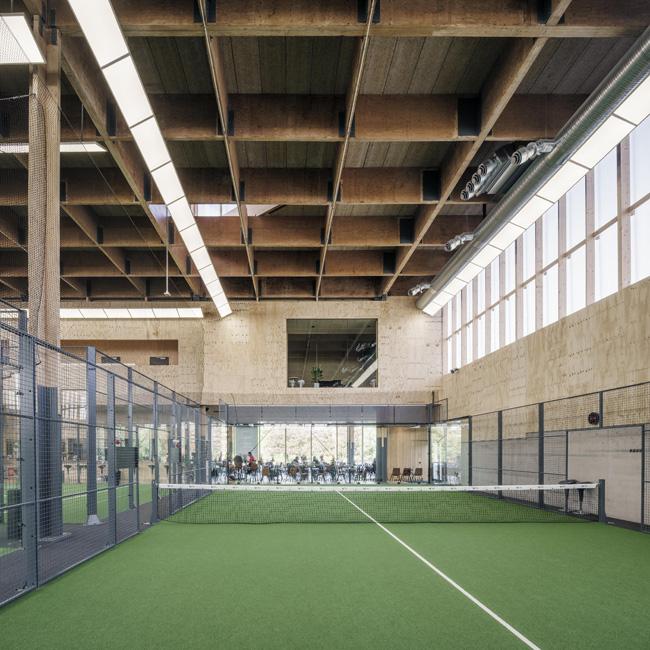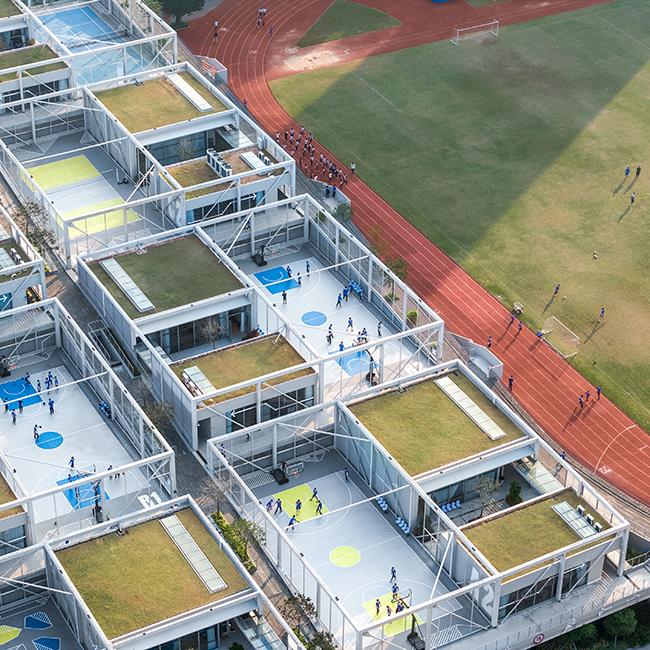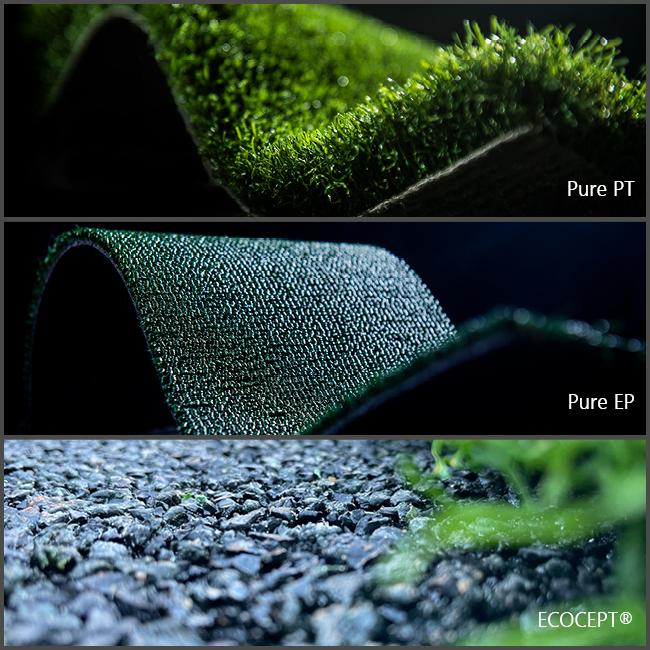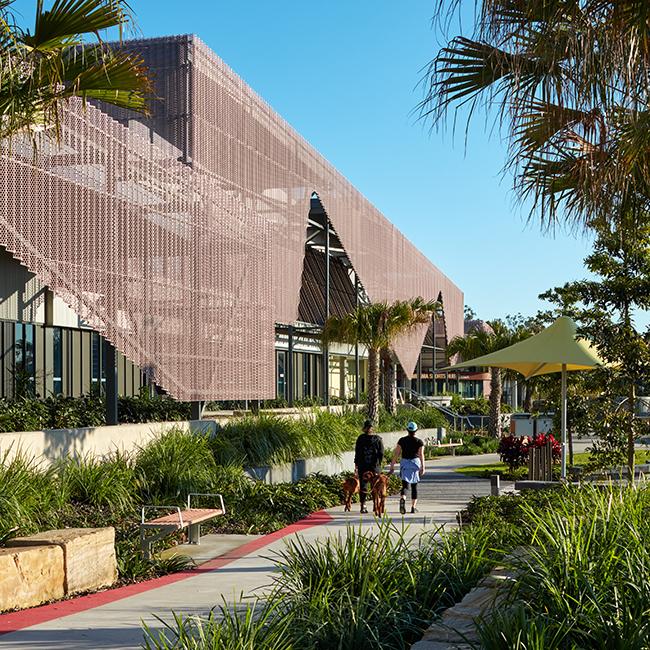Like a town in its own right
C.F. Møller Architects is behind a major project next to Ikast-Brande International School with a much-awaited expansion comprising several halls, and multi-functional and educational facilities. The project makes the educational facilities at the school even better, and at the same time creates a new meeting point centred on an area of fast growth in Ikast.
’Hjertet’ (the Heart), as the project is called, includes a multi-purpose building, as well as an activity park, to create a new link to the neighbouring HHX Ikast Business College, Ikast-Brande upper secondary school, the teacher training college, and Ikast-Brande International School, which was also designed by C.F. Møller.

Photo credit: Adam Mørk
Facts
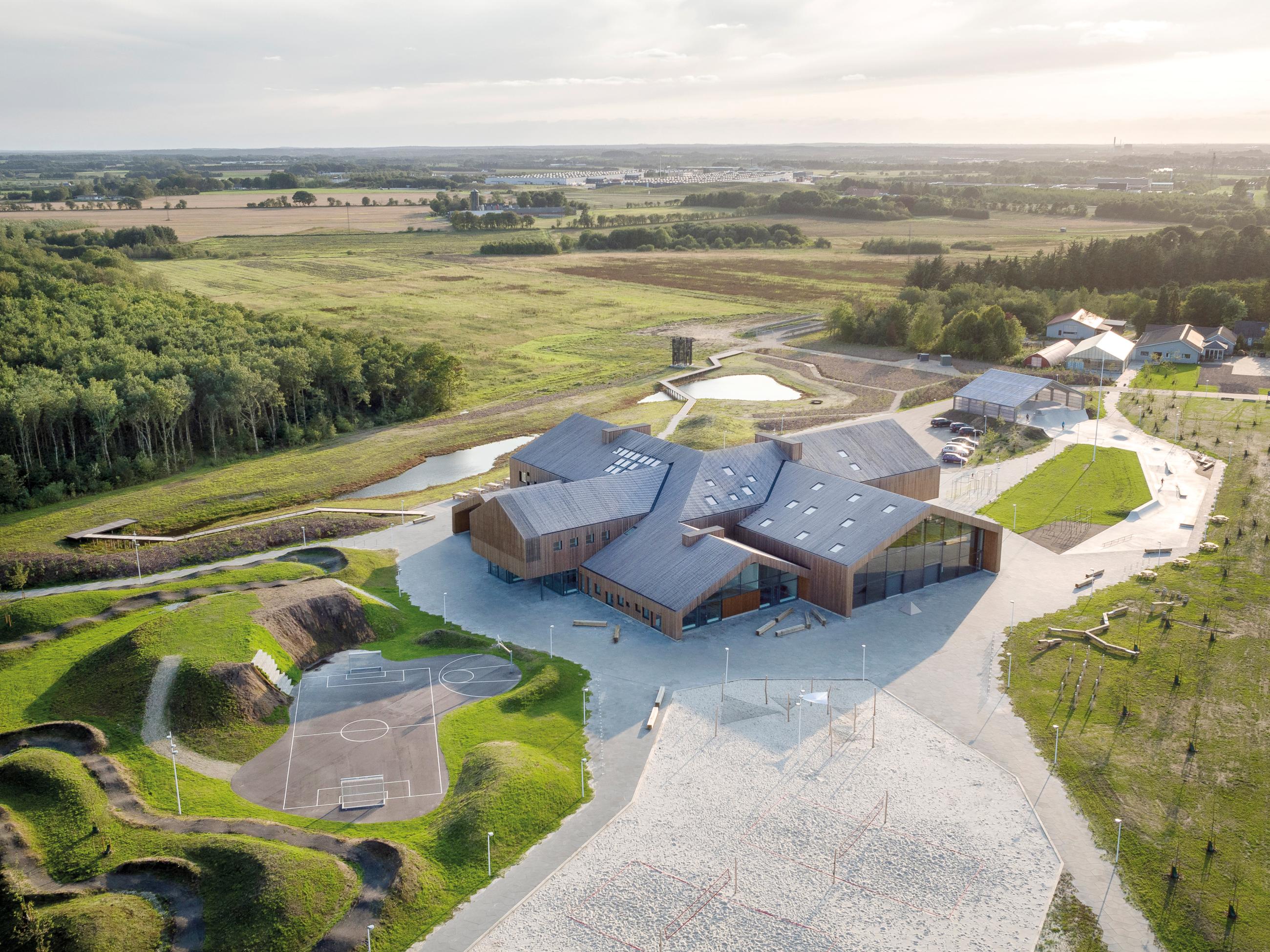
Photo credit: Adam Mørk
Location
Vestergade, Ikast, Denmark
Client/operator
International School Ikast-Brande /
ISIB Ejendomsselskab A/S
Architects
C.F. Møller Architects
Europaplads 2, 11
DK-8000 Aarhus C
www.cfmoller.com
Design team
Julian Weyer (partner-in-charge),
Rune Bjerno Nielsen,
Kristian Græbild Brandsen,
Nicolaj Fentz (concept design),
Carl Asbjørn, Mette Kirk, Toke Grud,
Martin Kloster (detailed design),
Lasse Palm, Anne Katrine Arrildt,
Nina Walsh Holmboe
(landscape)
Author
C.F. Møller Architects
Photos
Adam Mørk
Official opening
September 2018
‘The Heart’ combines education, activities, community, exercise and recreational pursuits in new ways. The international pupils will thus be a natural part of a very wide-ranging group of users, including athletes, musicians, skaters and participants in a social psychiatry project. Overall, 35 user groups were involved in the development of the building and park.
„The aim of the Heart is to combine many different facilities and parallel activities, and to use all of the rooms, all the time, all day long, so that the building is always used actively from early morning to late evening – expressed in an architecture that resembles a small town, with varying roof heights and a square which gathers, guides and distributes users,“ says Julian Weyer, architect and partner at C.F. Møller Architects.
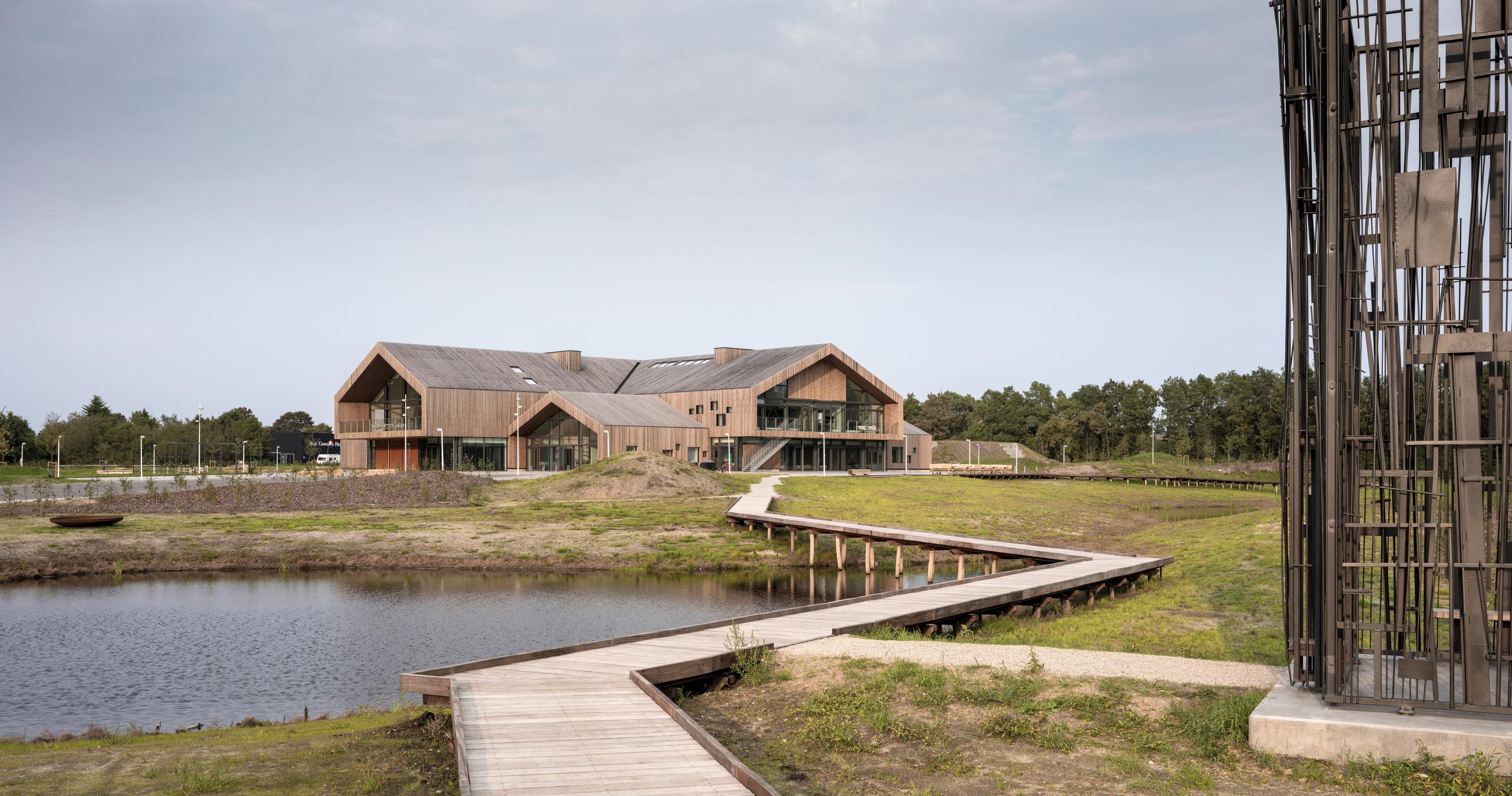
Photo credit: Adam Mørk
Building with room for everyone

Photo credit: Adam Mørk
The Heart covers 3,660 m² in total, and features a central square with a performance stage. The square distributes users out to the various rooms in the multi-building. One wing holds the school‘s teaching rooms, which in the afternoons and evenings can be converted into multiple rooms and art workshops for clubs and evening schools. For young people and younger sports enthusiasts, the street sports hall is particularly interesting, as it is designed to retain a sense of being outdoors. There is also a café with a service kitchen, and a shop area where organic groceries from a local socio-economic initiative as well as items crafted by blind people can be sold.
On the first floor of the multi-building there are various large and small rooms for relaxed exercise activities such as dance and yoga, as well as cultural events and performing arts, and counselling services for young people in the municipal Youth and Education Advisory Centre.
The surrounding activity landscape is designed around sustainable drainage principles and includes very active pursuits such as a skate bowl and flow skate park, a cycle pump-track, parkour facilities and playgrounds, beach volley pits and a multi-use playing field as well as more quiet and shared activities such as spots for boules, picnics and campfires.
For every walk of life
The Heart is a very open and accessible building, which also draws attention through its use of many small, informal venues and seating areas, to reinforce the multi-building‘s capacity as a social gathering point that is not just a place to spend active leisure time.
In its essence the project is a showcase in how broadly different user groups of leisure facilities can be combined.
The Heart will give a great boost to leisure time activities, local socioeconomics and teaching opportunities for the school. This also creates a strong bond between the many different users where the young people for instance can obtain advice on important life choices to pursue active and social lives. In this way the Heart connects every walk of life to make it easier to make the next step for each individual.
A number of local and national collaboration partners have joined the field to ensure the project in the mu-
nicipality of Ikast-Brande comes to fruition, including local businesses such as Bestseller, and major Danish foundations Realdania and the Danish Foundation for Culture and Sports Facilities. The Carlsberg Foundation has contributed integrated artworks to both the building and the site.
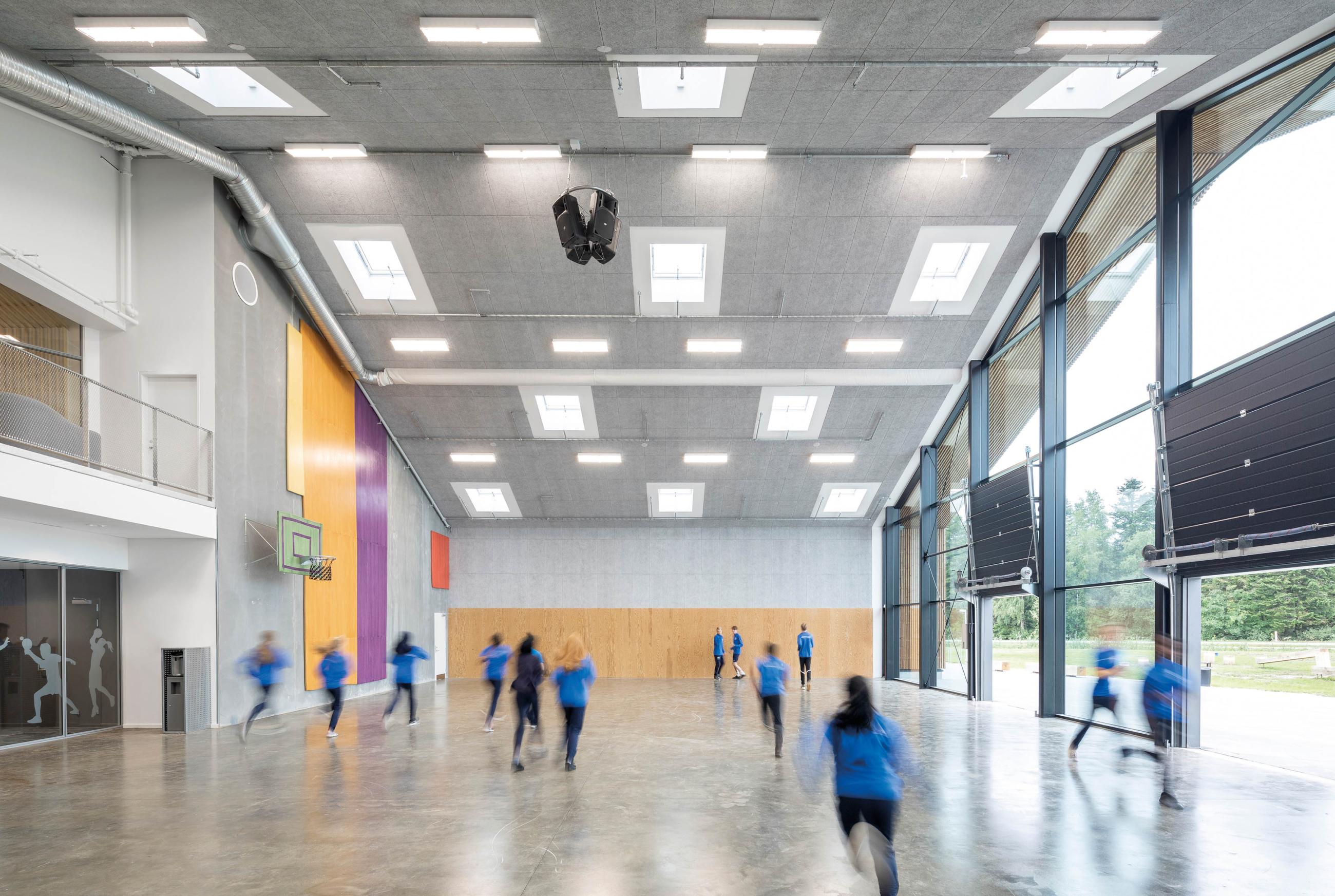
Photo credit: Adam Mørk
Three questions to the Architect Julian Weyer
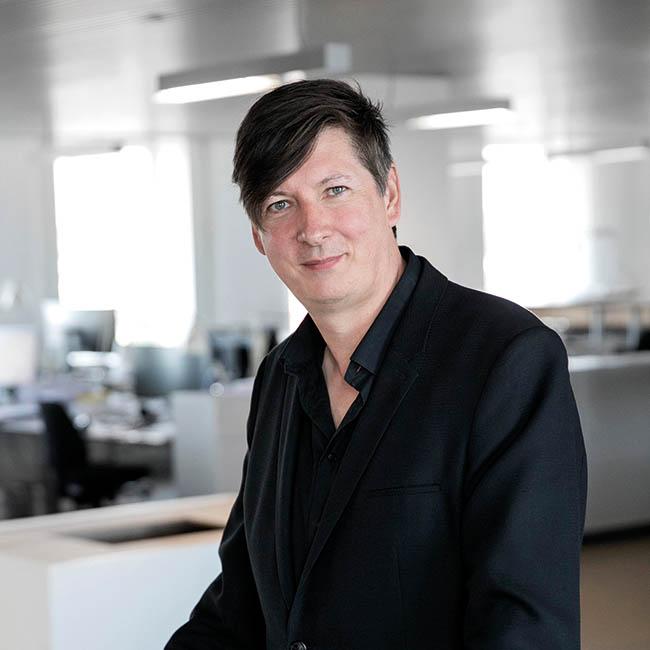
Julian Weyer
Partner - C.F. Møller Architects
How difficult was it to bring the multiple user groups together?
Classically, the ideal for a community centre would be a grass-roots, bottom-up approach where local users would organise themselves in an informal way – by the community, for the community. This is still a great principle, but we found we also had to consider the greater aim of bringing together otherwise segregated user profiles, something which a self-organising model will not necessarily cater to. The local municipality and the community around the international school were key players in facilitating this, but we also incorporated the needs of user groups that would otherwise not have been represented or active in the project.
We had consultation sessions both with the widest possible involvement, as well as with individual user groups, giving them direct influence on the design process to ensure that everybody feels co-ownership and pride in the result – the more people identify themselves with such a place, the better it can serve its function.
How did you manage the interior acoustic conditions, given that the building offers wide open areas?
We did this by working with differentiated acoustic strategies for the different spaces, in close collaboration with an acoustics consultant. For example, the larger halls feature acoustically active materials both in the ceilings and parts of the walls, to control the sound characteristics more precisely – and these are again differentiated in accordance with the potential uses of each space (which will always be multiple uses), i.e. for sports, music, theatre, talks or teaching.
Do you think that “The Heart” could serve as a model for other small towns?
Absolutely yes, since it is an example of how to pool resources from various stakeholders, and leverage the necessary investments (which would otherwise have been used for smaller individual measures) to create something with a much wider reach and impact. We worked from the outset from what a town like Ikast lacked in terms of facilities and meeting points, but also what it possessed in terms of potential – people, organisations, interests and activities – and this is an approach that many towns could successfully apply.
